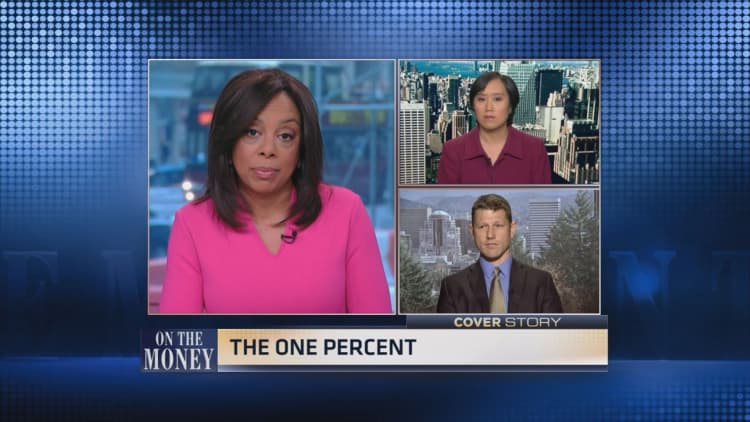
Instead of taking classes at Harvard this fall, Malia Obama is taking a "gap year."
The first daughter is one of at least 30,000 high school seniors who are choosing to take a year off before beginning their freshman year in college. It is also part of a trend that educators are encouraging, the better to help would-be students gain experience and maturity.
A "gap year" is defined as a break taken between high school and college that might include travel, work, research or volunteering before continuing academic studies.
"I think a gap year, when it's done well, frames the rest of your life." Ethan Knight, executive director of the American Gap Association (AGA) told CNBC's On The Money in an interview.
According to the AGA, a non-profit that accredits gap year programs, between 30,000 and 40,000 students are taking time off for a semester or more. The group says that figure is up 23 percent year-over- year.
"Functionally, what they're doing over the course of a gap year is typically an amalgam of a variety of different things," Knight said. There might be some work, "but there is also a variety of volunteer opportunities, some internships and a little bit of adventure," he added.
It's not cheap
Knight told CNBC about 80 percent of "gap year' programs involve international travel, and the average cost is $30–$40,000 per year. With that steep price tag, is it only for the wealthy, or the children of prominent politicians?
Knight acknowledged "students that have more access to finances have more choices in front of them. Inevitably that's the world we live in. "
But Knight said there are "a bunch of activities and opportunities that are in front of students to do this, at either very low cost or even get paid."
He cited national service organization like AmeriCorps, NCCC (National Civilian Community Corps) and City Year as options for college-bound teens that "would provide a very structured gap year with phenomenal outcomes."
Playing the gap year right
AGA research found that 90 percent of students who take a structured gap year return to school within a year, and are more likely to graduate on time and with a higher grade point average.
Knight said if there's "some reflection" by the student about whether they want to continue to college, he or she can "explore a few options" for not only "the college process that's right in front of them "but also what "a career might look like" if they didn't go to college.
So what do employers think about the unconventional route when you're looking to be hired?
"I think it's going to depend on what they do during the gap year," career coach and author, Caroline Cenizia-Levine, told CNBC. "Employers gravitate towards the familiar, they're going to be looking for academic growth (and) work experience.
If your gap year contributes to both of those qualities, Cenizia-Levine said, then "show how it's relevant to them. If you can do that, then it's going to be great. "
On the Money airs on CNBC Saturday at 5:30 am ET, or check listings for air times in local markets.





